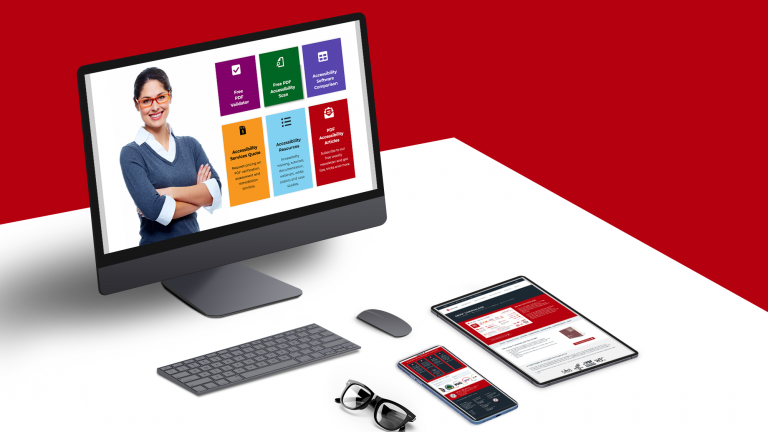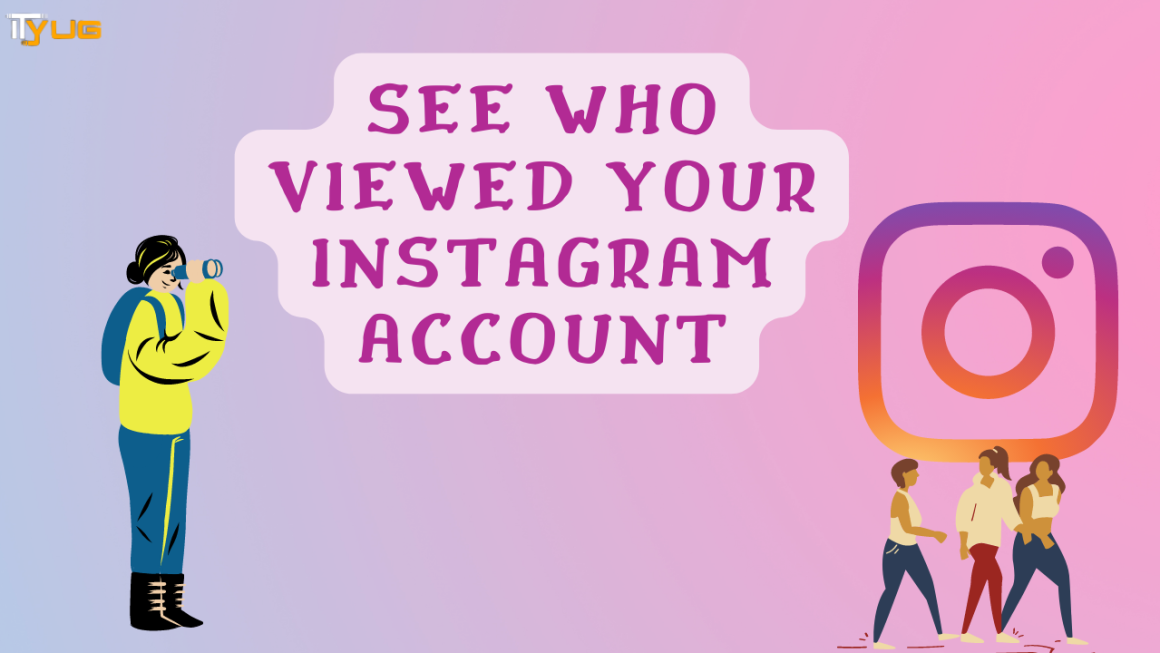The objective of the accessibility is to eliminate any obstacles that prevent people from accessing, navigating, or understanding material on the internet. Here are some suggestions for creating or maintaining an accessible website:
1. Make Use of a Content Management System (CMS) That is Accessible:
When developing a website, choose a content management system (CMS) that helps web accessibility. Check that themes, page layouts, plugins, widgets, and other features adhere to the web accessibility criteria such as WCAG 2.0.
2. Headers Help You Structure and Organize Your Work:
Headers are an excellent resource for structuring and organizing material on a webpage when utilized appropriately. This helps all people to traverse your websites with ease, and it even improves your SEO score, making it simpler for you to drive more visitors to your site.
3. Image alt Tags Should Be Assigned:
Users benefit greatly from images on the webpages. They can, however, be a hurdle for people who have restricted or impaired eyesight. As a result, adding alt tags to pictures will offer a description of the image, helping people with screen readers to comprehend it. Alt tags also help you get a better Google SEO score.
4. Link Titles Should Be Descriptive:
Those who use screen readers to surf your website will be able to comprehend the purpose of the link and where they will be routed if you use descriptive names for links.
5. Colors Should Be Used Properly:
Colors can make it easier for your consumers to distinguish between various kinds of data. When developers fail to maintain a sufficient contrast of colors, color blindness and other impairments might make it difficult for users to discover content, call-to-action buttons, or other elements. Install the extension on Google Chrome, I would like to see like a color blind person, to assess the contrast of colors on your site.
6. Create Forms That Are Accessible on the Internet:
When creating online forms, it’s critical to identify text fields with informative titles so that individuals who use screen readers can fill them correctly. Your web forms will be more accessible if you use label tags or an ARIA attribute.
7. For Tabular Data, Use Tables:
When tables are utilized for page layout, people who use screen readers may have additional difficulty understanding the information. This is because the information may be read in a different order than the visual arrangement of the page. Instead of using a table to arrange the layout of a web page, utilize a CSS presentation.
8. Ensure That You Can Navigate the Site Using a Keyboard:
Online accessibility includes providing barrier-free navigation for millions of users with motor function and vision impairments. As a result, ensure that the website can be fully navigated using only the arrow keys and tab, and also other hardware like single-switch input or a tongue stick.
9. Adapt Dynamic Material to Make It More Accessible:
Closed text and captions replacements for visitors with auditory or visual impairments should be included when embedding videos or gifs onto your website. Use ARIA attributes to guarantee that readers are interested in new information when it is added or modified on a webpage without having to reload the page.
10. Authenticate Web Accessibility:
Verifying your website via accessibility testing is indeed a crucial step in identifying any bugs or design issues that hinder persons with incapacities from accessing its information.
Please feel free to download our white paper below to learn more about web accessibility and accessibility testing.





